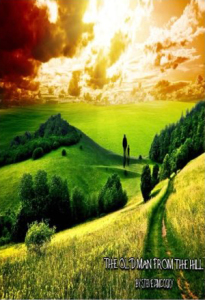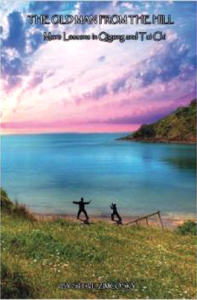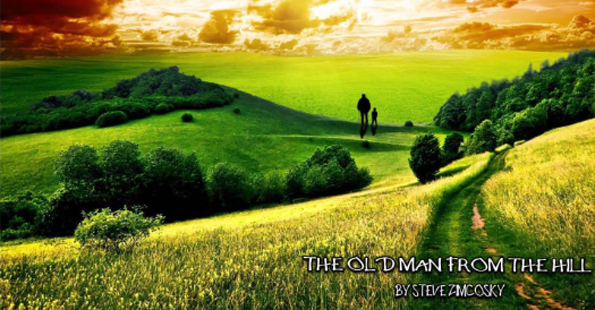A different coming of age tale –about a youth’s transformation with the help of an elder internal arts practitioner. The protagonist of Steve Zimcosky’s book is a shy and sickly 10 year old, who spends summers in the mid 1960’s with his grandparents in a rural town outside of Pittsburgh. In the first book, he meets a neighbor, Zu Shen Tian, originally schooled in Western Medicine in the US after growing up near the Wudang Mountains of China.
 Throughout the summer, the youth overcomes his shyness, increases his fitness level and dietary health, and deflects bullying, As he notes when his parents come to pick him up at the end of the summer, “my mom was the first to notice a difference in me. It was not a physical change so much as the way I carried myself.” This is a concept that my own local instructor has championed.
Throughout the summer, the youth overcomes his shyness, increases his fitness level and dietary health, and deflects bullying, As he notes when his parents come to pick him up at the end of the summer, “my mom was the first to notice a difference in me. It was not a physical change so much as the way I carried myself.” This is a concept that my own local instructor has championed.
The first book concentrates on the practice of Qigong, which integrates breathing techniques and focused intention with a set of physical postures. It promotes quality of life, energy, creativity, mental clarity and physical longevity. Zimcosky punctuates his book with instructions, drawings, diagrams and pictures. Zu Shen (nicknamed John) also teaches the youth about the yin and yang associations with internal organs, the Five Elements in Chinese Medicine and their association with creation and nature, the Eight Silken Movements (sometimes referred to as Eight Pieces of Brocade), the flow of the Microcosmic Orbit through meridians, and the healthy foods associated with the seasons and the Five Elements.
Those familiar with Gail Rieichstein’s “Wood Becomes Water: Chinese Medicine In Every Day Life” and Deng Ming-Dao’s “The Wandering Taoist” will see a connection to “The Old Man From The Hill”.
In the second book, the youth returns to learn about Tai Chi –a mind/body subset of martial arts with meditation and slow deliberate movements. His school work and confidence had improved, and he was hopeful to return to his grandparents and study with John once again. The Buddhist practice of Fragrant Qigong and also Inner Smile meditation were starting points that summer. A field trip ride to Pittsburgh’s China Town set the driving discussion to more yin and yang balance.
 The youth also learned the Taoist importance of the natural world –“trees and plants take in the air we breathe, the minerals and water from the ground, and the light from the sun. When the Qi from the universe mixes with the energy from the earth it becomes a powerful energy source.” This, the second part of Zimcosky’s tale, is rounded out by descriptions and diagrams of the Tai Chi 24 form.
The youth also learned the Taoist importance of the natural world –“trees and plants take in the air we breathe, the minerals and water from the ground, and the light from the sun. When the Qi from the universe mixes with the energy from the earth it becomes a powerful energy source.” This, the second part of Zimcosky’s tale, is rounded out by descriptions and diagrams of the Tai Chi 24 form.
These books are useful additions to information about internal arts, but with a special niche for children. The importance of daily practice and discipline are a key take-away from Zimcosky, who peppers the education with family stories, multi-cultural experiences, nutrition and generational respect.
You can find these wonderful Children’s books on Tai Chi here at Amazon.com!

Leave a Reply